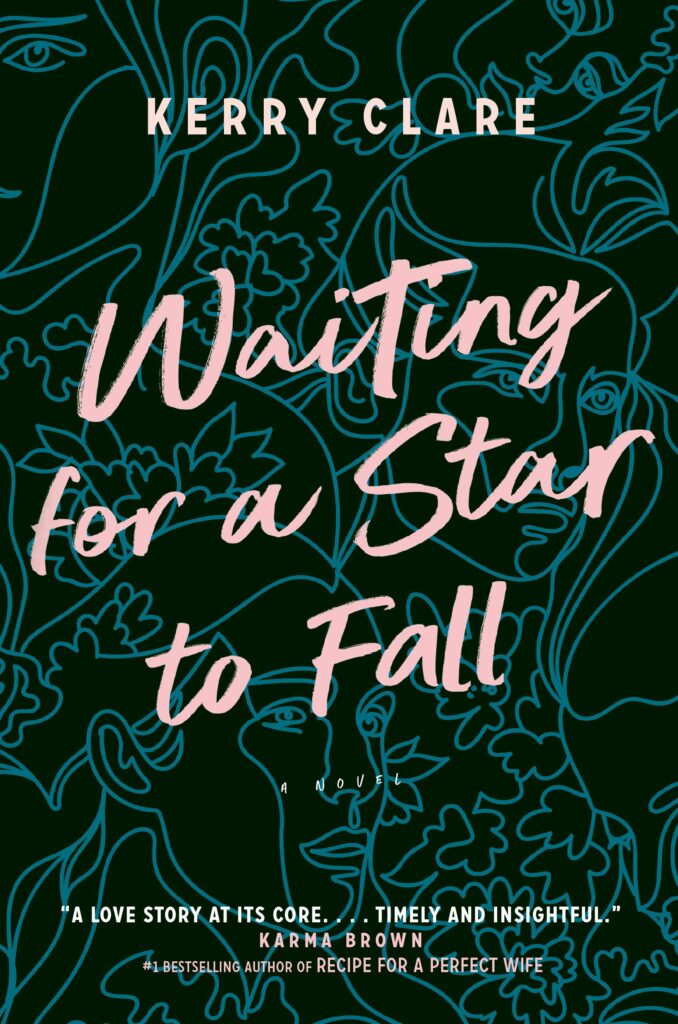February 5, 2025
It Must Be Beautiful to Be Finished, by Kate Gies
Before her second surgery at age five (there would be 14 surgeries in total), Kate Gies had learned to somersault, somersaulting becoming her preferred mode of transport at home: “Bend, tuck head to chest, pull forward, and roll! Like a wheel!” But after the surgery—during which a plastic ear was inserted under grafted skin; Gies was born without a right ear and this replacement would be cosmetic only—she would experience pain from motion as simple as moving her head to one side in her sleep, so there would be no more somersaults. The plastic ear wouldn’t take either, and doctors’ further attempts to deliver on promises of building her ear would be far from straightforward, until finally—at age 14—Gies put a stop to all of it, deciding she preferred living in her body as it was, rather than trying to have two ears, rather than trying to be what she calls, “The Kate I’m Supposed to Be.”
Although that is not the end of the story, the trajectory not so simple, not least of all because Gies is hearing impaired (she has no hearing where she has no ear [obviously!], and her hearing on the other side was compromised following a punctured eardrum from one of many surgeries gone wrong), but spends the next 20 years not considering her disability and the need for accommodation. Instead, “[m]y problem had always been perceived as the physical deformity of the missing ear. Its form was the problem, not its function: what I looked like, not the ease with which I took in an navigated the world.”
The catalyst for Gies’ memoir, IT MUST BE BEAUTIFUL TO BE FINISHED, is the discovery of a lesion on her right earlobe, the earlobe constructed from tissue from her stomach during those childhood surgeries, the ear that she never thinks about, doesn’t touch, disassociated from this part of her body, and still traumatized from the brutal medical procedures she’d suffered during the years doctors spent trying to make her complete. The memoir documents her movement toward finally the facing the reality of her body and of her history full, a journey told in vignettes and fragments from the past.
The fragmented structure of the memoir is emotionally helpful for the reader, because reading it is such a visceral and wrenching experience, and the story in pieces makes that easier. It’s also how memory works, flashes and splinters, and Gies’s memoir is a fascinating exercise in reconstructing history too, the writing including excerpts from her medical records and also feedback from Gies’s mother upon hearing what she’d written, offering corrections and extra insight, her own pivotal point of view. (Gies recalls her mother being extra cheerful before her surgeries at The Hospital for Sick Children in Toronto; her mother tells her how once Gies had been delivered to surgery, she’d have to find a place to cry.)
In addition to Gies herself, who appears to have been born with her somersaulting spirit fully formed, her mother emerges as the hero of this book, standing up for her daughter within a system that offered them very little agency, setting the kind of example that likely empowered Gies to eventually declare herself finished with surgeries—a decision her mother never questioned. Their back-and-forths are one of the most moving parts of this book, her mother’s honest self-criticism, Gies’ generosity in imagining herself into her mother’s perspective in the most stunning and powerful fashion. (I think it was because I was able to relate so strongly to both characters that I found reading this book so incredibly moving, in a way that was sometimes painful, but also a gorgeous testament to what writing can do.)
In telling the story of her own experience in an ableist and misogynist medical system, Gies illuminates broader truths about what it means to have a body, to live with difference, and learn to finally feel at home within one’s skin. I loved this book so much.






